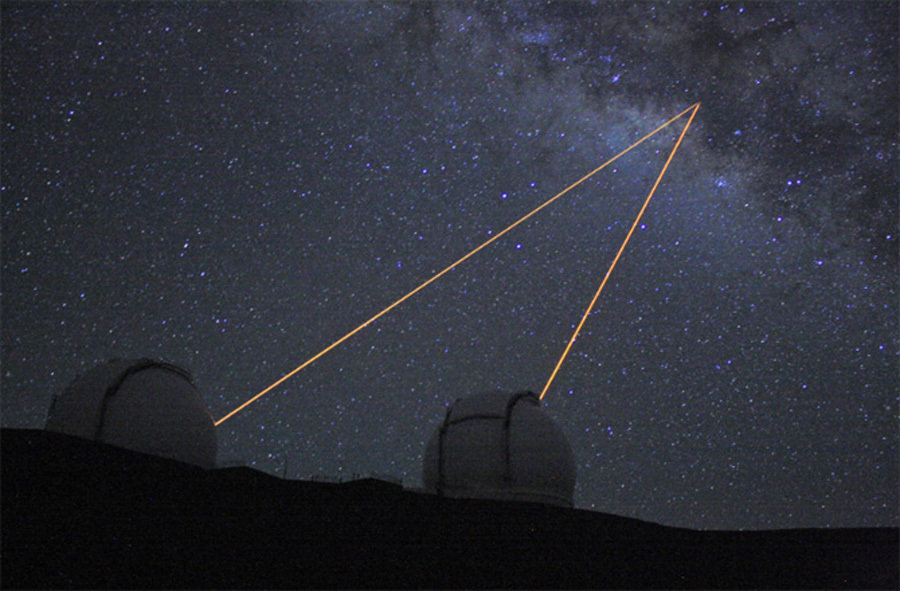Nuclear fusion technology attracts $2.8 billion investment in just the last 12 months
07/28/2022 / By Mary Villareal

Nuclear fusion technology has attracted $2.8 billion investment globally over the past year, surpassing the $2 billion total investment it received in the past decade. In the United States, Google and Chevron are part of the $250 million funding for nuclear fusion startup TAE Technologies.
The startup has so far raised a total of $1.2 billion.
According to the Fusion Industry Association, more than 93 percent of companies that responded to its survey believes that fusion power will be feeding electricity into power grids by the 2030s.
Nuclear fusion is referred to as the holy grail of clean energy because of its promise of generating nearly unlimited emission-free energy without the equivalent of harmful, long-lasting radioactive waste generated by nuclear fission.
It reverses the process in nuclear fission, which is used by conventional nuclear power plants. During nuclear fission, a neutron collides with a uranium atom and splits it, releasing a large amount of energy in the form of heat and radiation.
During nuclear fusion, on the other hand, two atomic nuclei are joined together to form a single, larger nucleus while releasing energy in the process. It’s the same process that powers the sun, where hydrogen atoms are fused together to form helium.
For decades, scientists have tried to use nuclear fusion to produce electricity on a usable scale. However, replicating such a reaction on Earth is highly challenging and requires large amounts of heat and pressure. (Related: Experts warn that shutting down nuclear plants would “negate” efforts to transition to clean energy.)
But there had been signs of progress. For instance, scientists were able to achieve a record of 59 megajoules of energy in an experiment at a facility in Culham near Oxford earlier this year. That amount is enough to boil water in roughly 60 kettles.
Massive increase in investment renews optimism in nuclear fusion venture
The United Kingdom is home to some of the world’s leading fusion energy prospects, such as Oxford-based Tokamak Energy and First Light Fusion.
First Light Fusion raised $45 million in February from investors, including Chinese technology giant Tencent. This brings its outside backing for the venture to $107 million.
The Fusion Industry Association also revealed that eight new companies have entered the race for fusion over the past 12 months – reflecting renewed optimism in the energy source.
The U.K. government backs the technology, with the U.K. Atomic Energy Authority working on plans to build a prototype fusion power plant in the country.
Jim Gable, president of Chevron Technology Ventures, the energy company’s corporate venture capital arm, said in a statement that fusion technology as a whole has the potential to be a scalable source of no-carbon energy generation and a key enabler of grid stability as renewable energy becomes a greater portion of the energy sources.
Search giant Google has partnered with TAE since 2014 and has provided the fusion startup with artificial intelligence and computational power.
Japanese investment company Sumitomo Corporation of Americas has also helped with the funding. According to reports, the investment company is helping TAE bring its fusion technology to the Asia-Pacific region.
The investment follows an announcement in October that TAE had partnered with Japan’s National Institute for Fusion Science. Japan currently gets the majority of its energy from coal, oil and natural gas, according to the International Energy Association. (Related: Protesters gather in Tokyo for mass demonstration against nuclear energy.)
Visit Power.news for more updates about energy sources.
Watch the video below to know more about nuclear energy.
This video is from the ChangeIsNear channel on Brighteon.com.
More related stories:
As Germany’s green dream becomes a nightmare, Asia and Russia power ahead with nuclear power.
Sources include:
Submit a correction >>
Tagged Under:
Clean Energy, electricity, energy, energy supply, fusion energy, future science, future tech, green energy, nuclear fusion, physics, power, power grid
This article may contain statements that reflect the opinion of the author
RECENT NEWS & ARTICLES
COPYRIGHT © 2017 FUTURE SCIENCE NEWS



















